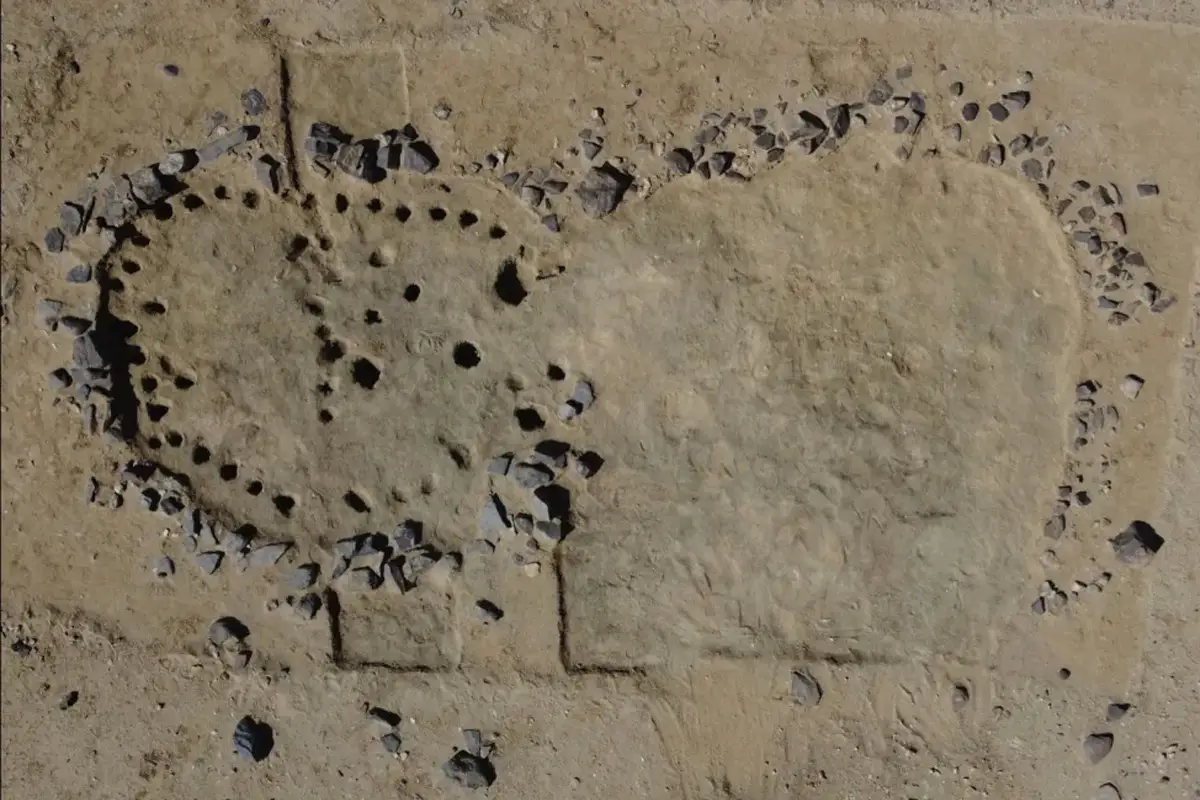Archaeologists have identified over 1,200 archaeological sites during an exploration project of Sudan’s Bayuda Desert.
The project, involving the University of Wrocław, the Centre of Mediterranean Archaeology of the University of Warsaw, and the Archaeological Museum in Gdańsk, have conducted extensive field research over the past 6 years.
At the desert’s heart near Jebel El-Muwelha, the researchers found a salty palaeolake that once yielded Natron, a naturally occurring Carbonate mineral used in ancient times for mummification and the production of glass and ceramics.
“Natron is rare and found in only a few parts of the world,” explained Prof. Paner, head of the research team from the Centre of Mediterranean Archaeology at the University of Warsaw. “Its discovery here raises new questions about ancient trade routes, especially between the volcanic fields of Bayuda, the Nile, and Egypt.”
The researchers also identified over 1,200 archaeological sites far from the Nile Valley. Of the 1,200 sites, 88 were excavated – including 36 cemeteries and 55 settlements, spanning from the Palaeolithic to the Middle Ages.
The dating chronology of the sites starts with stone tools from 2.6 to 1.7 million years ago which experts have associated with the Oldowan tradition, the earliest known stone tool industry.
Evidence also points to significant human activity in the Middle Stone Age (c. 300,000–50,000 years ago), particularly the use of the Levallois technique, a complex method of flake production that reflects the cognitive abilities of early Homo sapiens.
“These sites offer invaluable insights into thousands of years of human settlement, as well as the cultural, environmental, and climatic shifts that have shaped the Bayuda Desert. They also shed light on the long-term transformation of its natural and cultural landscapes,” explained Dr. Henryk Paner.
Header Image Credit : Patryk Muntowski
Sources : PAP





